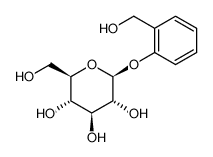
-
salicin
CAS No.: 138-52-3 Formula: C13H18O7 Molecular Weight: 286.27800Search Suppliers
-
salicin
CAS No.:138-52-3
Formula:C13H18O7
Molecular Weight: 286.27800
Description
Mild side effects are standard, with rare occurrences of nausea, vomiting, rash, dizziness and breathing problems. Overdose from high quantities of salicin can be toxic, damaging kidneys, causing stomach ulcers, diarrhea, bleeding or digestive discomfort. Some people may be allergic or sensitive to salicylates and suffer reactions similar to those produced by aspirin. People should not take salicin if they have asthma, diabetes, gout, gastritis, hemophilia, stomach ulcers; also contraindicated are children under 16, and pregnant and breastfeeding women.
Basic Info
Chemical Name |
salicin |
|---|---|
Synonyms |
Salicine; Salicin; D-(−)-Salicin; (2R,3S,4S,5R,6S)-2-(Hydroxymethyl)-6-(2-(hydroxymethyl)phenoxy)tetrahydro-2H-pyran-3,4,5-triol; Salix alba L.; SALICOSIDE; β-D-Glucopyranoside, 2-(hydroxymethyl)phenyl; 2-(Hydroxymethyl)phenyl-beta-D-glucopyranoside; 2-(Hydroxymethyl)phenyl β-D-glucopyranoside; D(-)-Salicin; WHITE WILLOW; Expand |
CAS No. |
138-52-3 |
Molecular Formula |
C13H18O7 |
Molecular Weight |
286.27800 |
PSA |
119.61000 |
LogP |
-1.64240 |
Numbering system
| EINECS number | 205-331-6 |
|---|---|
| MDL number | MFCD00006590 |
| PubChem number | 24899442 |
| RTECS number | LZ5901700 |
| BRN number | 89593 |
Properties
Appearance & Physical State |
white crystals or powder |
|---|---|
Density |
1.504g/cm3 |
Boiling Point |
549.1ºC at 760 mmHg |
Melting Point |
197-200ºC |
Flash Point |
285.9ºC |
Refractive Index |
-62 ° (C=3, H2O) |
Water Solubility |
36 g/L (15 ºC), 250 g/L (60 ºC) |
Stability |
Stability Stable, but light sensitive. Incompatible with strong oxidizing agents. |
Storage Condition |
Store at RT. |
Vapor Pressure |
6.85E-13mmHg at 25°C |
Safety Info
RTECS |
LZ5901700 |
|---|---|
Safety Statements |
S24/25-S37 |
HS Code |
2932999099 |
WGK Germany |
3 |
Risk Statements |
R43 |
Hazard Codes |
Xi |
Symbol |
GHS07 |
Signal Word |
Warning |
Hazard Declaration |
H317 |
Caution Statement |
P280 |
Synthesis Route
Total 4 Documents >>
Other items you might be interested in

-
CAS No.: 112945-52-5
Silica, fumed
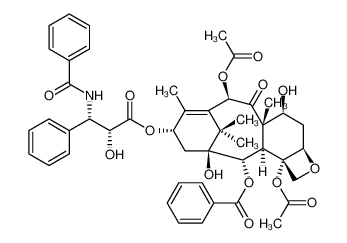
-
CAS No.: 33069-62-4
Paclitaxel
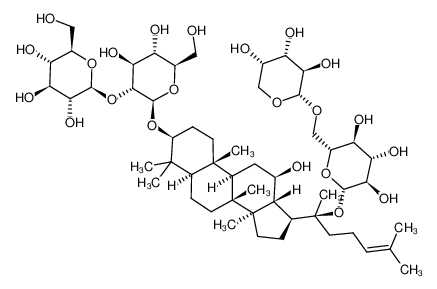
-
CAS No.: 11021-13-9
Ginsenoside Rb2
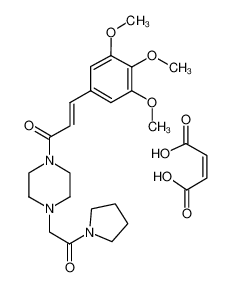
-
CAS No.: 26328-04-1
Cinepazide maleate
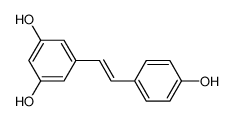
-
CAS No.: 501-36-0
Resveratrol



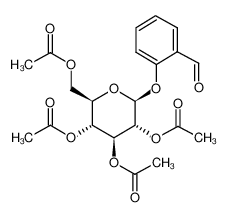
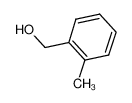

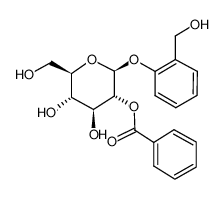
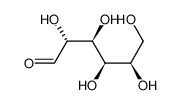
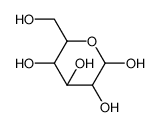








-
-

-
-
-

-
-
-

-
-
-

-
-
-
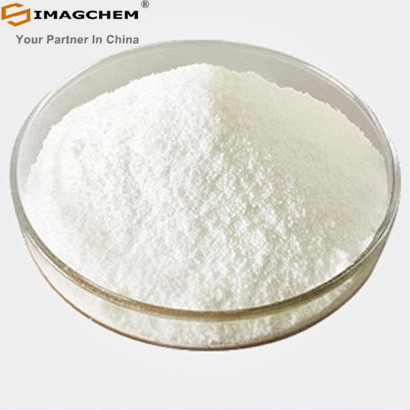
-
-
-

-
-
-

-
-
-

-
-
-

-
-
-

-
More Suppliers>>Boc Sciences
UNITED STATES
Purity: ≥ 98%
Lead Time: 1 Week(s)
Price: Min $519 /g
Hangzhou J&H Chemical Co., Ltd.
CHINA
Purity: 99%
Lead Time: 14 Day(s)
Price: -
Hangzhou J&H Chemical Co., Ltd.
CHINA
Purity: 98%
Lead Time: 7 Day(s)
Price: -
Baoji Guokang Bio-Technology Co., Ltd
CHINA
Purity: 99%
Lead Time: Day(s)
Price: -
Xiamen Zhixin Chemical Co., Ltd.
CHINA
Purity: 99%
Lead Time: 3 Day(s)
Price: -
Henan Coreychem Co.,Ltd
CHINA
Purity: 98%
Lead Time: 3 Day(s)
Price: Min $1 /g
Hangzhou Linran Biological Technology Co., Ltd.
CHINA
Purity: 98%
Lead Time: Day(s)
Price: -
Shanghai Jizhi Biochemical Technology Co., Ltd.
CHINA
Purity: 98%
Lead Time: 1 Week(s)
Price: -
Shanghai Jizhi Biochemical Technology Co., Ltd.
CHINA
Purity: 分析对照品,HPLC≥98%
Lead Time: 1 Week(s)
Price: -
Hangzhou DayangChem Co., Ltd
CHINA
Purity: 98%
Lead Time: 7 Day(s)
Price: -